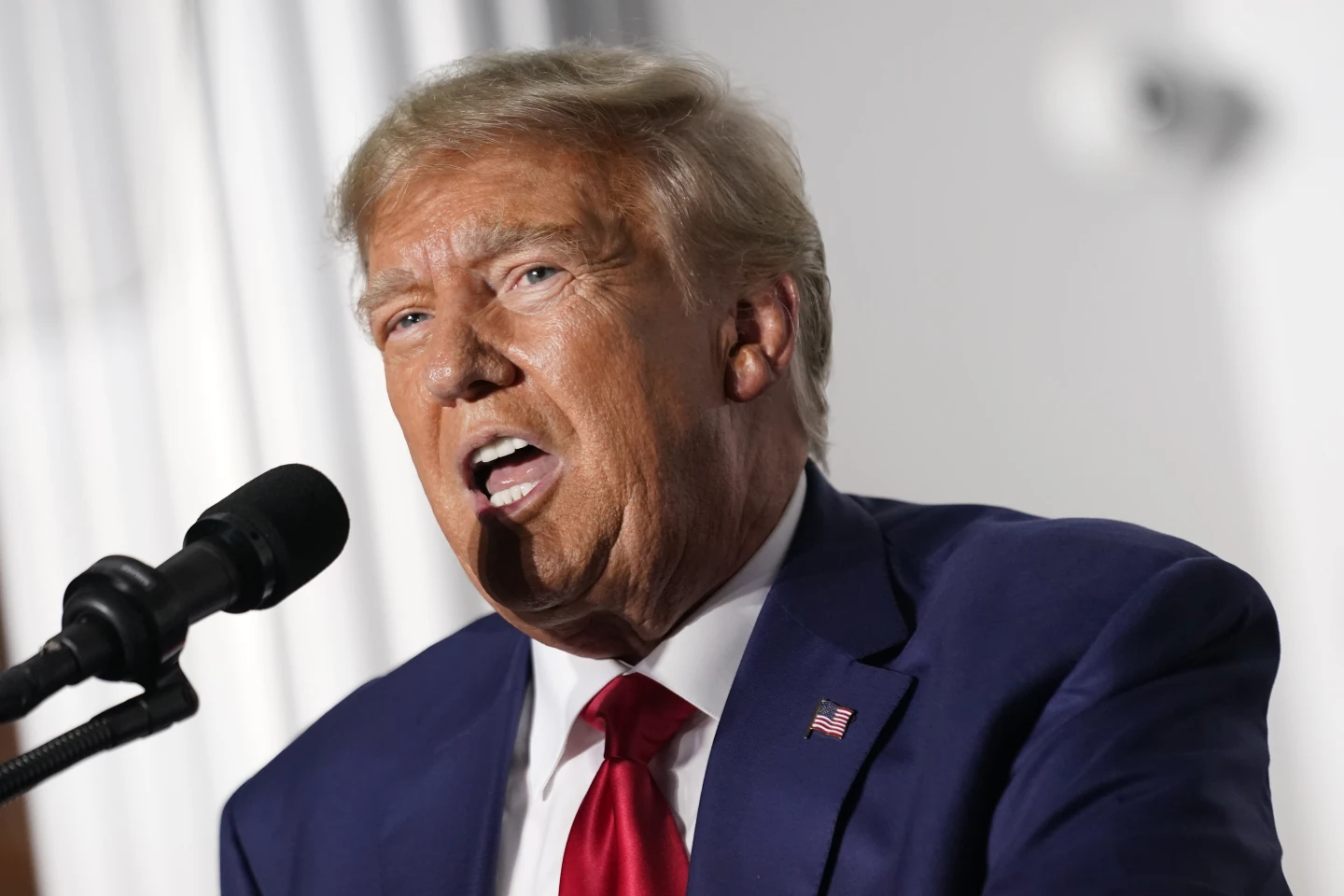Becoming a media master: Cultural targeting, fake news and the Internet
Misinformation is indiscriminate. It affects us all, regardless of culture, economic status or race.
Though occaisionally impacting certain people more than others, like in election years. And certain countries are affected more than others.
Nearly 3 billion people are voting in elections worldwide this year. Misinformation and disinformation are ranked as the #1 global risk over the next two years, according to the World Economic Forum’s (WEF) 2024 Global Risk Report.
During election years, mis- and disinformation commonly target specific groups of people (Misinformation are false facts spread usually by accident or error of the publisher, whereas disinformation is the intentional and typically covert spread of false facts to influence public opinion). Political campaigns need as many votes as they can get to win, so candidates take advantage of those with less media literacy knowledge.

(ANDREW HARNIK/ASSOCIATED PRESS)
This year demonstrates that minority voters play a huge role in the election of U.S. leaders.
For example, political scientists predict there to be an uptick in targeted disinformation by presidential campaigns, specifically towards Latinos.
Votes from the Latino American population are highly sought after because there are over 60 million in the United States. Latinos make up about 20% of all people in the nation, or 15% of voters, according to statistics from the U.S. Census in 2020.
President Joe Biden credited his 2020 campaign win to Latino voters. “You’re the reason why, in large part, I beat Donald Trump. Let’s beat him again,” he said at a Mexican restaurant in Phoenix, commencing his new campaign named ‘Latinos con Biden-Harris’. “I need you. I need you badly,” he said. In an interview with Univision on April 9, Biden said he is considering tightening border security via executive order. This push for Latino voters comes weeks after an Axios/Ipsos poll showed that Biden’s favorability among Latino voters dropped from 53% in December 2021 to 41% today. Additionally, a February poll conducted by CBS News found that Latino voters favoring Biden decreased from 65% in 2020 to 53% in 2024. People are fed up with the Biden administration as a result of wars, climbing inflation costs and high interest rates from expensive government spending.
Both presidential candidates have been launching exaggerated verbal attacks, full of logical fallacies, towards one another.
On the other hand, former President Trump will also need to get minority votes if he is to win. “Hispanics, very entrepreneurial people,” Trump said in a March interview. Despite strict border control policies, promises of deportation and even culturally-charged rhetoric, Trump’s favorability has increased from 24% to 32% among Latinos, according to the same Axios/Ipsos poll.
Neither candidates are favored by Latino Americans, but are historically more aligned with the Democratic Party.
Latino-targeted misinformation reaches further than the states though. In fact, there are six presidential elections in South America this year, including: Brazil, Chile, Dominican Republic, El Salvador, Mexico and Uruguay.
The Latino population is one example of a minority group that must constantly grapple with the truth as they are exploited by leaders. Strategic campaigns with fallacies and attacks on their opposing party influence the emotional, especially those with no media literacy training. African Americans, Asian Americans, Native Americans, whites, low-income families and all U.S. citizens are vulnerable to disinformation if uneducated.
Education empowers. Education fosters critical thinking. Media literacy knowledge is a valuable tool for all people and cultures to navigate their communities with confidence and high levels of understanding. Falsities and inequalities are combated by the media literate.
The WEF’s newly released 2024 Global Risk Report found that India has the highest risk for misinformation, as over 1.4 billion people head to elections later this week and throughout the Spring.
Finland ranks first as the country least susceptible to false information, according to a report conducted by the Open Society Institute in Bulgaria, which aims to defend the values of a free society. Following Finland with the best media literacy education in the world, are more countries in Scandinavia. Further East, countries with the worst media literacy knowledge are former Soviet and Yugoslav nations including: Georgia, North Macedonia, Kosovo and Bosnia.
The instantaneous nature of the internet makes it easy for mis- and disinformation to spread. Many Americans fear these forms of falsity and believe regulating speech in digital communication is the key to solving this problem. However, freedom of speech is actually rare in countries worldwide and the U.S. must protect their First Amendment. Instead of regulating others’ speech, improving media literacy education for all is key. Children today are constantly surrounded by technology and the internet; a larger emphasis on teaching media literacy will go a long way for the future of this country.

